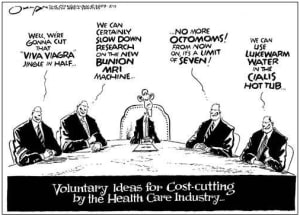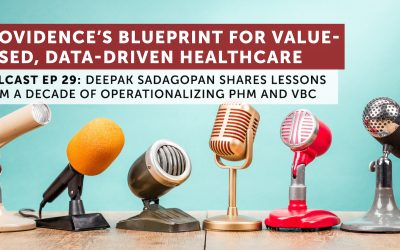
With only 10 minutes allotted to each speaker, it is not like we had sufficient time to dive deeply into the issues, but simply to give some flavor as to what might be expected in the future, post-Stimulus. Currently, the legislation as well as all discussion to date regarding the ARRA funding for EHR adoption has been eerily silent on what will all of this funding mean to the average consumer/tax-payer. How will they directly benefit? Will it be through lower costs and subsequently insurance premiums? Will it be through better quality of care? Might it be convenience? Hard to say but one thing can be said at this point: Sadly, HHS, has spent very little effort in articulating the value proposition of the planned HIT Stimulus spending for the tax-payer. If HHS is not careful, this may come back to haunt them and more broadly, the Obama Administration further down the road.
Following is the slide presentation that Chilmark Research used yesterday where we gave our own views on the role the consumer will play post-stimulus. Not exactly the most far-reaching of projections, simply too many variables at this early date.
[slideshare id=1497885&doc=ehimay09-090527161742-phpapp02]
During the Q&A, what struck me was the relative simplicity of the questions and to some extent the lack of in-depth knowledge on some of the critical consumer issues, particularly with regards to PHRs. Following is a set of questions that came through from one of the Blue Plans. If they have these types of questions, quite sure many others do as well.
Ques: What types of metrics are available to track PHR usage?
· Ques: What are the most used features in the PHR?
· Ques: What percentage of today’s PHRs are pre-populated with data?
Ans: Data comes in many forms, claims, PBM, clinical, admin, images, labs, etc. Most sponsored PHRs have some pre-populated data. Thus Chilmark’s guess is ~90% but warning, amount & type of data is HIGHLY variable.




0 Comments